- Overview
- Trip Outline
- Trip Includes
- Trip Excludes
- Gallery
- Reviews
- FAQ
The Langtang Valley Trek offers a unique blend of natural beauty and cultural immersion. Explore the stunning landscapes of the Langtang and Ganesh Himal mountain ranges, encounter diverse flora and fauna, and experience the authentic Sherpa culture. This trek is ideal for those seeking a quieter and less crowded alternative to the more popular trekking routes in Nepal.
Skill Level: Moderate to Challenging. The trek involves gradual altitude gain, While it doesn't involve extremely high altitudes compared to some other treks in the Everest region, it still requires a good level of physical fitness. Good physical fitness and prior trekking experience are recommended.
Group Size: This itinerary can be tailored for private treks or small group treks with experienced guides.
Accommodation: Throughout the trek, you'll be staying in comfortable teahouses with basic amenities. Rooms are typically shared, although single rooms might be available at some locations for an additional cost.
Following your guide's instructions and ascending slowly is crucial for a safe and enjoyable trek.
This itinerary is a guideline and may be subject to change due to weather conditions, trail closures, or unforeseen circumstances. Your highly experienced guides will make the necessary adjustments to ensure a safe and successful trek.
Following your guides' instructions and ascending slowly are crucial for acclimatization and safety.
Proper high-altitude trekking gear, including appropriate clothing and footwear, is essential. A detailed packing list will be provided upon confirmation.
Day 1:Arrival in Kathmandu.
Day 2: Kathmandu Sightseeing,final preparation for trek.
Day 3:Drive to Syaphru Besi (2,380m) 7-8 hrs
Day 4: Trek to Lama Hotel (2,480m) 6-7 hrs
Day 5: Trek to Lantang Village (3,370m) 6-7 hrs
Day 6: Trek to Kyanjin Gompa (3,860m)
Day 7: Climb Kyanjin Ri (4,773m) in the morning,trek back to Ghodatabela(3390m) 8-9 hrs
Day 8: Trek to Syaphru Besi (2,380m) 8-9 hrs
Day 9: Drive back to Kathmandu 7-8 hrs
Day 10: Departure
Itineraries
Day 1
Arrival in Kathmandu.
Welcome to Kathmandu, the vibrant capital of Nepal! Upon arrival at Tribhuvan International Airport (KTM), you'll be greeted by our friendly representatives and transferred to your comfortable hotel. Take some time to relax and acclimatize to the time difference.
Day 2
Kathmandu Sightseeing and Trek Arrangement
Explore the vibrant city of Kathmandu, visiting historical and cultural sites like Pashupatinath Temple (a UNESCO World Heritage Site), Boudhanath Stupa (another UNESCO World Heritage Site), and the bustling Thamel district. Meet your experienced guide and finalize your trek preparations.
Day 3
Drive to Syaphru Besi (2,380m) 7-8 hrs
Start on a scenic drive through the Kathmandu Valley, passing through traditional villages and rice paddies. As you ascend towards the Himalayas, enjoy panoramic views of the surrounding mountains. Arrive in Syaphrubesi, the starting point of the Langtang Valley Trek.
Day 4
Trek to Lama Hotel (2,480m) 6-7 hrs
Begin your trek through lush rhododendron forests and terraced fields. The trail follows the Langtang River, offering stunning views of the surrounding mountains. Arrive at Lama Hotel, a charming village with comfortable teahouses.
Day 5
Trek to Lantang Village (3,370m) 6-7 hrs
Continue your ascent through the Langtang Valley, passing through picturesque villages and encountering local Sherpa communities. Enjoy the stunning views of Langtang Lirung (7,245m) and other surrounding peaks.
Day 6
Trek to Kyanjin Gompa (3,860m)
Ascend to Kyanjin Gompa, a beautiful Buddhist monastery nestled amidst the mountains. Enjoy panoramic views of the Langtang Himal range, including Langtang Lirung and Kinshung. Visit the monastery and explore the surrounding area.
Day 7
Climb Kyanjin Ri (4,773m) in the morning,trek back to Ghodatabela(3390m) 8-9 hrs
Set on a challenging but rewarding climb to Kyanjin Ri, the highest point of the trek. Enjoy breathtaking 360-degree views of the Langtang Himal range, Ganesh Himal, and other surrounding peaks. Capture stunning photos of the Himalayas and the valley below. Descend back to Ghodatabela for the night.
Day 8
Trek to Syaphru Besi (2,380m) 8-9 hrs
Retrace your steps back down the valley, enjoying the familiar scenery and the sense of accomplishment. Along the way, you'll pass through charming villages and terraced fields.
Day 9
Drive back to Kathmandu 7-8 hrs
Enjoy a scenic drive back to Kathmandu, taking in the breathtaking views of the Himalayas.
Day 10
Departure from Kathmandu
Bid farewell to Nepal, taking with you unforgettable memories of the Langtang Valley Trek. Before your departure, you may have some free time to explore Kathmandu's bustling Thamel street, visit additional historical or cultural sites, or indulge in some last-minute shopping. Transfer to the airport for your flight home, cherishing the experiences and friendships you've made during your journey.
- 3 nights accommodation in a 3-star rated hotel (Nepali Ghar hotel) in Kathmandu on Bed & Breakfast (BB) plan
- 1 day Kathmandu Sightseeing (2 UNESCO Sites: Pashupatinath and Bouddhanath) with private vehicle and tour guide
- A cup of drink ( either tea or instant coffee) during breakfast, lunch and dinner
- Round-trip transportation from Kathmandu to Syaphrubesi and back
- 7 nights trek accommodation with full board (bed, breakfast, lunch, and dinner)
- All necessary trekking permits
- Porter service for the group (maximum 12 kg per person)
- Experienced and certified guide
- Porter service to carry your luggage (up to a designated weight)
- Necessary permits and TIMS card
- Acclimatization hikes as mentioned in the itinerary
- Sleeping bag, down jacket and duffel bag(kit bag) will be provided for trek
- First Aid kit to be carried by trek staffs.
- Experienced English-speaking guide
- International flight ticket.
- Visa fee to enter Nepal.
- Meals in Kathmandu rather than breakfast.
- Overstay at Hotel for more than two nights in Kathmandu.
- Beverages including alcoholic drinks, mineral water etc.
- Hot showers, sauna, massage etc.
- Personal expenses which may include toilet papers, medicines, confectioneries etc.
- Tips provided for any service during the trip for guide, porter etc.
The best times to trek the Langtang Valley are during the pre-monsoon (March to May) and post-monsoon (September to November) seasons.
These periods offer clear skies, pleasant temperatures, and stunning mountain views.
The standard Langtang Valley Trek takes around 7-10 days, but it can be extended or shortened depending on your fitness level and interests.
The Langtang Valley Trek is generally considered a moderate to challenging trek. While it doesn't involve extremely high altitudes compared to some other treks in the Everest region, it still requires a good level of physical fitness.
Accommodation on the Langtang Valley Trek consists of teahouses, which offer basic but comfortable rooms with shared bathrooms. While conditions may vary, most teahouses provide clean bedding and warm blankets.
Teahouses offer a variety of meals, including local Nepalese dishes, pasta, rice, and some Western options. While the food is simple, it provides the necessary energy for trekking.
Acclimatization is crucial for preventing altitude sickness. The itinerary includes rest days in Manang for this purpose. It's essential to listen to your body, drink plenty of fluids, and avoid overexertion.
The highest point reached on the Langtang Valley Trek is Kyanjin Ri, at 4773 meters (15,663 feet).
Essential gear includes sturdy hiking boots, warm layers, waterproof clothing, a sleeping bag, trekking poles, and a good backpack. A detailed packing list will be provided by your tour operator.
While it's possible to trek independently, hiring a guide and porter is highly recommended. Guides provide expertise, safety, and local knowledge, while porters help carry your luggage.
he weather can be unpredictable, especially at higher altitudes. Be prepared for cold nights, windy conditions, and occasional snowfall.
Safety is a priority. Hiring a reputable tour operator, following your guide's instructions, and being prepared for emergencies are essential. Altitude sickness is a potential risk, so it's important to acclimatize properly and be aware of the symptoms.

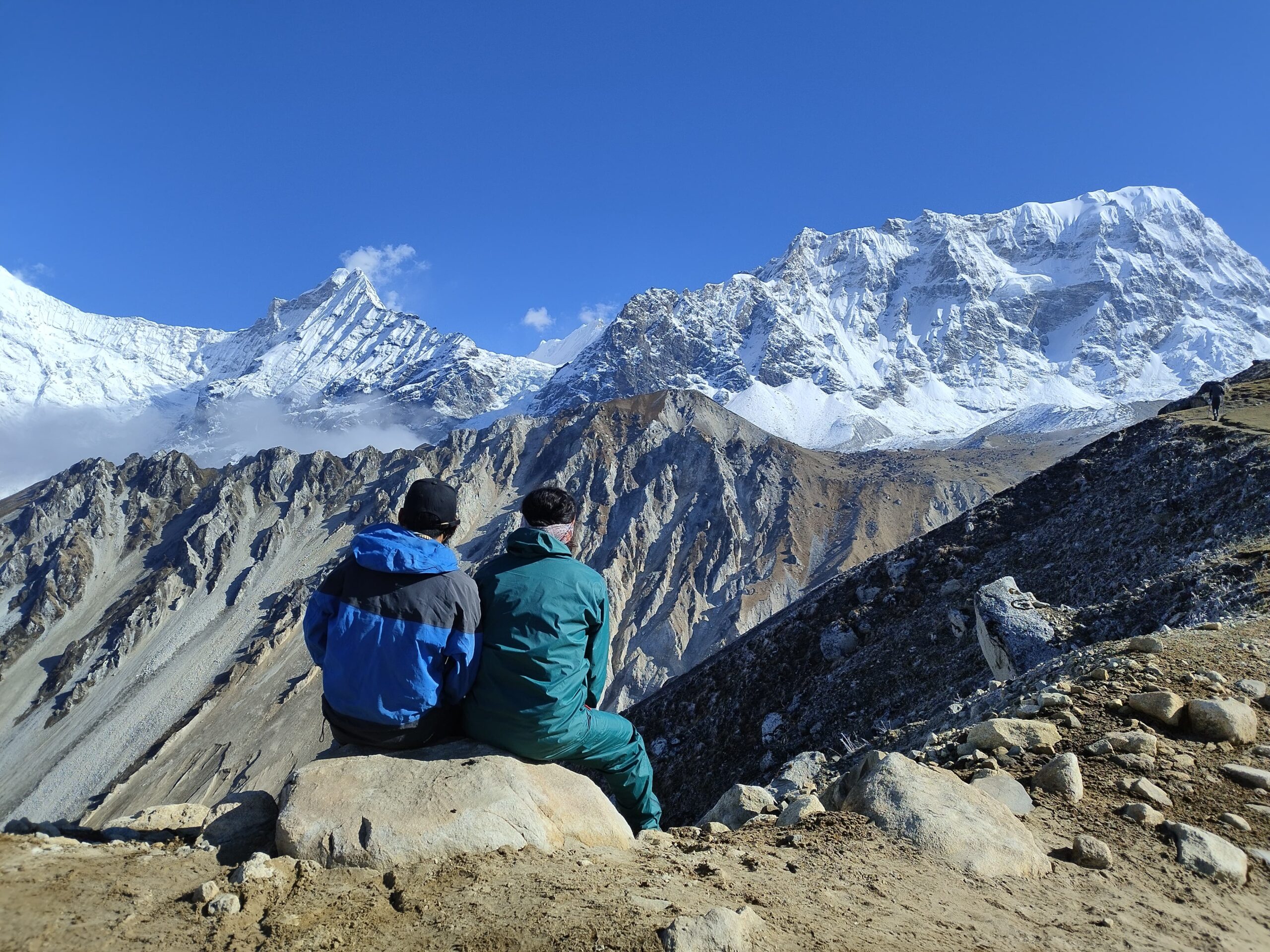
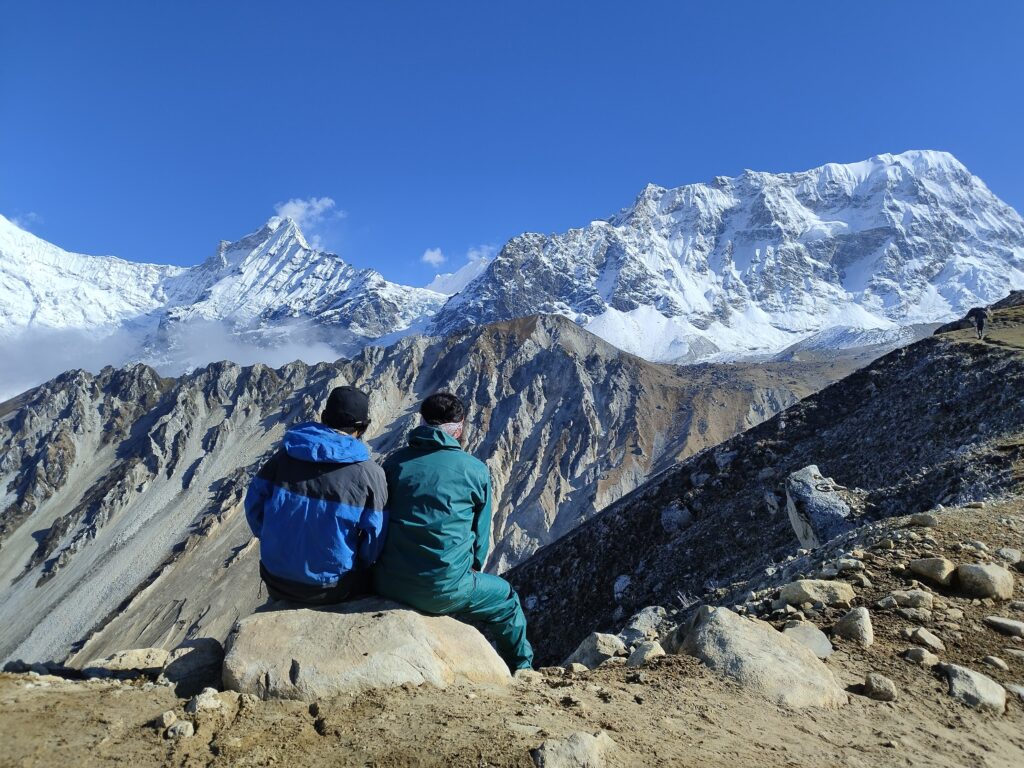




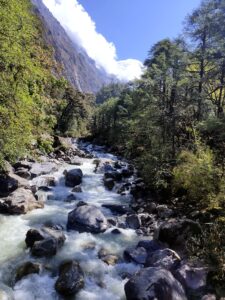
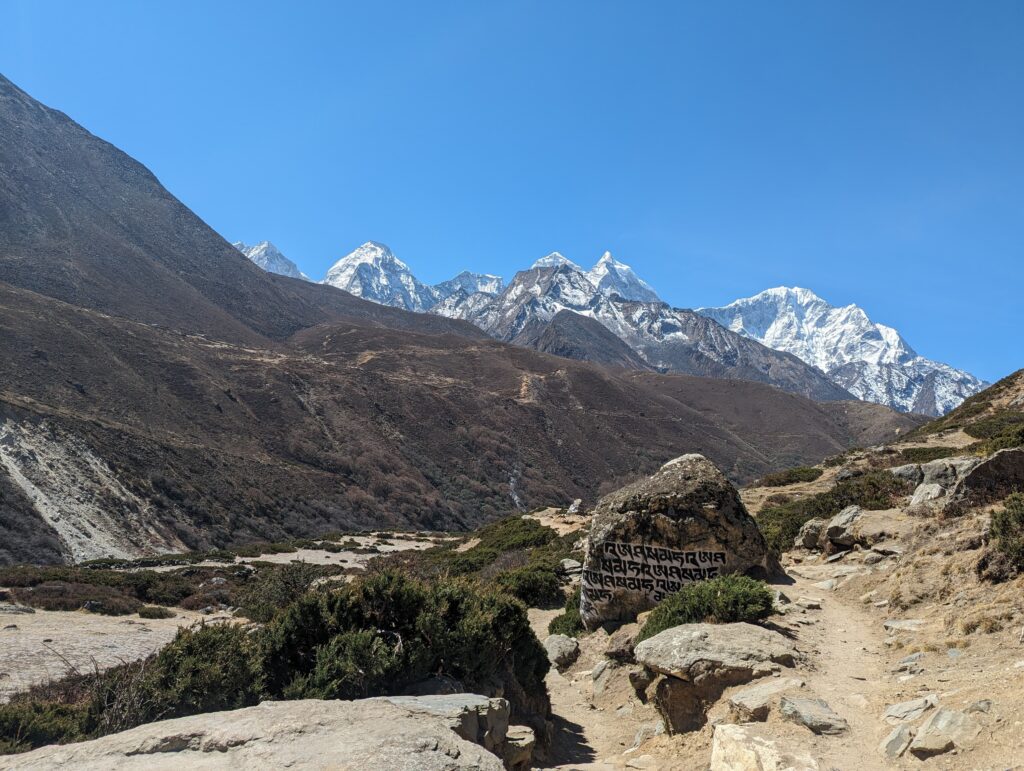

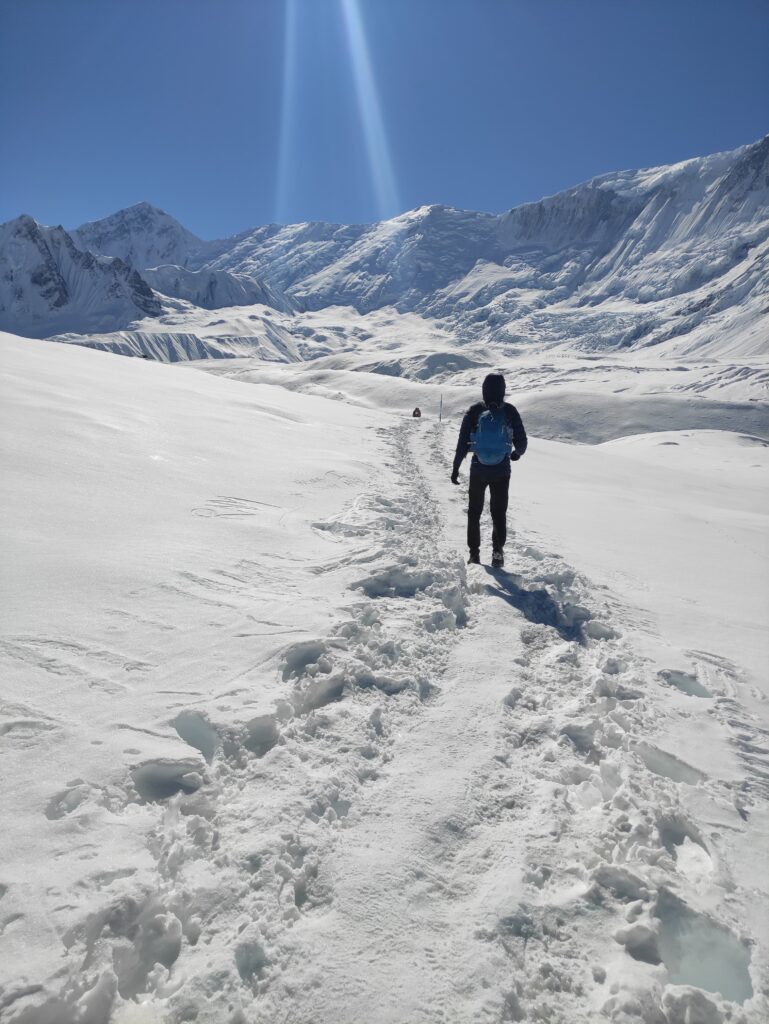
There are no reviews yet.